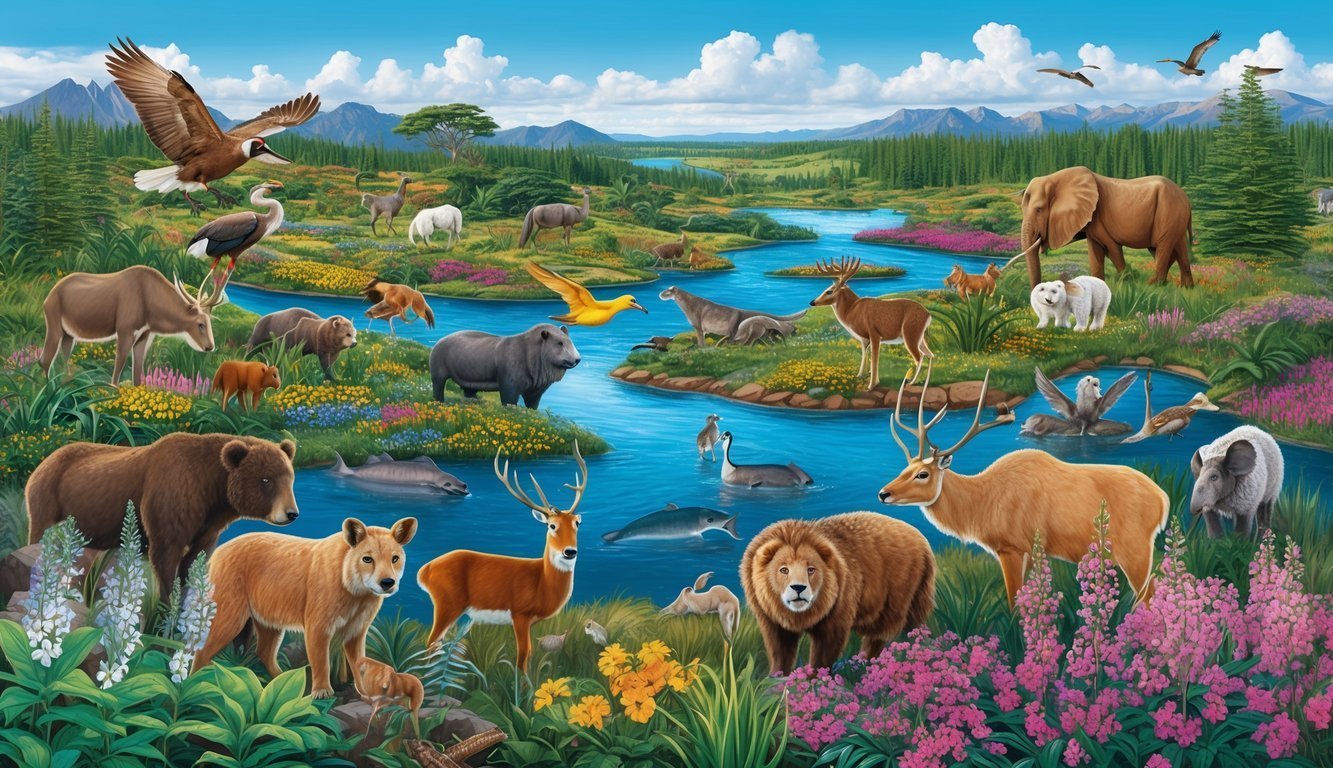A groundbreaking global investigation into genetic diversity—the most comprehensive study of its kind—has uncovered a troubling decline in genetic variety among species across the globe.
However, it also underscores the vital impact of conservation initiatives in safeguarding this diversity.
Research Overview
This significant research, published in the respected journal Nature, was led by Associate Professor Catherine Grueber from the School of Life and Environmental Sciences, alongside a dynamic team of researchers from the UK, Sweden, Poland, Spain, Greece, and China.
Drawing on data gathered over 35 years, from 1985 to 2019, the researchers examined 628 species spanning a diverse array of animals, plants, and fungi in both terrestrial and marine environments.
Their findings revealed a serious trend: nearly two-thirds of the populations surveyed show a decline in genetic diversity.
However, various conservation strategies—including habitat restoration and the relocation of individuals for breeding—have proven effective in either maintaining or even boosting genetic diversity in certain groups.
Successful Conservation Strategies
“While it’s concerning that biodiversity is diminishing at such alarming rates worldwide, there are glimmers of hope,” Associate Professor Grueber remarked. “Conservation actions are playing a crucial role in reversing these trends and nurturing genetically diverse populations capable of adapting to future challenges.”
Utilizing advanced genetic analysis techniques, the team was able to extract valuable insights from previous research.
They established a standardized measurement scale, which facilitates comparisons across different studies that employed varied methodologies and sampling techniques.
The study pinpointed effective conservation methods that have successfully enhanced genetic diversity.
These approaches include translocating animals between populations, restoring natural habitats, and implementing effective population management strategies.
Managing invasive species also plays a critical role in these efforts.
Several successful conservation initiatives were spotlighted in the study.
For example, in Western Australia, the golden bandicoot, an endangered species, has managed to sustain its genetic diversity through the establishment of new populations.
Similarly, the Scandinavian arctic fox has benefited from conservation measures aimed at removing red foxes and providing supplemental feeding, resulting in a stabilization or even an increase in its genetic diversity.
Challenges Ahead
In north-central Montana, black-tailed prairie dog colonies, which face significant health threats posed by plague, have shown improvements in genetic diversity thanks to successful flea control initiatives.
Furthermore, efforts to conserve the greater prairie chicken—through translocation and habitat restoration—have yielded better reproductive outcomes and reduced inbreeding.
The Hine’s emerald dragonfly, which struggles due to habitat fragmentation in the U.S., is experiencing positive effects from ongoing management aimed at preserving and connecting its habitats.
Meanwhile, the dusky gopher frog, critically endangered in Mississippi, is witnessing a rise in both numbers and genetic diversity through targeted strategies like headstarting tadpoles and managing the landscape to support its needs.
Despite these positive developments, Dr. Robyn Shaw—co-first author from the University of Canberra—stressed the need for caution. “While we have seen some positive outcomes, a substantial number of the populations analyzed are still at risk.
Alarmingly, less than half are under any sort of conservation management,” she warned. “It’s crucial to analyze successful strategies to ensure the long-term protection of endangered species.”
In summary, this research paints a mixed yet hopeful picture of genetic diversity across species.
It highlights how critical conservation efforts are in not only preserving species but also enhancing their ability to thrive in a changing world.
Source: ScienceDaily

